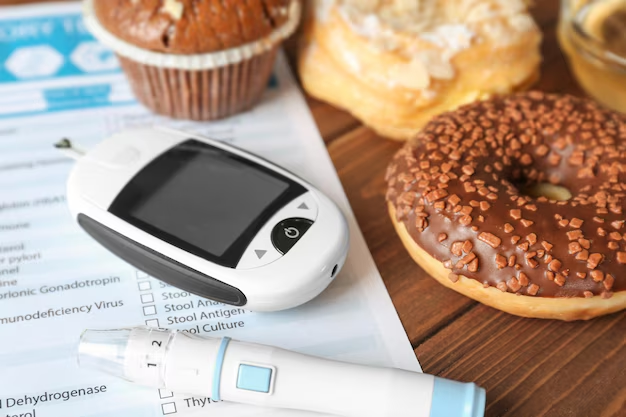Signs Your Child May Have Diabetes: What Every Parent Should Know
Raising a child involves navigating a series of health and wellness checkpoints. One significant concern many parents may encounter is identifying potential signs of diabetes in their child. Although a quiz may offer a preliminary assessment, understanding the key indicators of diabetes and knowing the next steps can empower parents to act decisively. Let’s explore what you need to know about childhood diabetes and the resources available to support you through the process.
Recognizing the Symptoms of Diabetes in Children
Diabetes is a condition where the body is unable to properly process sugar, leading to high blood sugar levels. For children, especially those with Type 1 diabetes, symptoms can appear swiftly and require immediate medical attention. Here are some common symptoms to watch for:
- Increased Thirst and Urination: One of the earliest signs is frequent urination accompanied by excessive thirst.
- Extreme Hunger: Despite eating well, a child may feel constantly hungry and not gain weight.
- Fatigue: High blood sugar levels can result in your child feeling unusually tired or lethargic.
- Unexplained Weight Loss: Even with a good appetite, losing weight rapidly can be a red flag.
- Blurred Vision: A child may experience changes in vision due to fluid pulled from the lenses of the eyes.
- Irritability or Mood Changes: Noticeable changes in mood without any apparent cause.
If these symptoms sound familiar, it’s essential to consult your pediatrician. An accurate diagnosis often requires blood tests, and early detection can lead to better management of the condition.
Beyond Diagnosis: Accessing Necessary Support
Once diabetes is diagnosed, navigating the financial aspects of treatment becomes crucial. Caring for a child with diabetes—frequent doctor visits, insulin purchases, testing supplies—can strain family finances. Fortunately, there are several avenues for financial assistance and support:
Government Aid Programs
These programs aim to reduce the financial burden and improve access to necessary diabetes care:
- Medicaid and CHIP (Children’s Health Insurance Program): Both provide low-cost or free health coverage tailored for children from families with limited incomes.
- Supplemental Security Income (SSI): For low-income families with disabled children, SSI offers financial support that can be allocated towards medical needs.
Financial Planning and Assistance
Managing expenses requires keen financial insight. Here’s how you can ease the burden:
- Diabetes Prescription Assistance Programs: Some organizations offer discounts or even free supplies, such as insulin pens and glucose monitors.
- Health Savings Accounts (HSAs): Tax-free accounts that help families manage medical expenses efficiently.
Educational Grants and Community Support
Understanding diabetes and participating in educational programs can empower both parents and children:
- Diabetes Camps and Workshops: These programs provide a supportive environment, teaching children how to manage their condition independently.
- School Health Services: Many schools have on-site nurses who can assist children with diabetes during school hours.
Unlocking Resources for Better Diabetes Management and Financial Relief
Here’s a quick guide to accessing key support resources for managing diabetes and associated financial challenges:
- 🏥 Medicaid/CHIP: Health coverage for children from low-income families.
- 💸 SSI Benefits: Financial support for families with disabled children.
- 🛍️ Prescription Assistance Programs: Help with funding diabetic care supplies.
- 💡 HSAs: Save on medical expenses with tax advantages.
- 🎓 Diabetes Camps: Education and support environments for children.
- 🏫 School Health Services: On-campus support for diabetic children.
Navigating your child's health journey with diabetes can feel daunting. However, with the right guidance and support, you can ensure they lead a healthy and fulfilling life. Always be proactive about seeking expert medical advice and utilize financial resources to ease the pathway to effective diabetes management.
